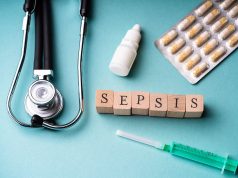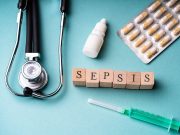Life expectancy of self-identified AI/AN individuals is about 73 years, which is several years less than U.S.-wide average
By Elana Gotkine HealthDay Reporter
WEDNESDAY, June 25, 2025 (HealthDay News) — Large differences in life expectancy between American Indian/Alaska Native (AI/AN) individuals versus other U.S. residents have been underestimated, according to a study published online June 16 in the Journal of the American Medical Association.
Jacob Bor, S.D., from the Boston University School of Public Health, and colleagues estimated age-specific mortality rates and life expectancy for non-Hispanic AI/AN individuals and other racial and ethnic groups in a national cohort. The longitudinal study used data from the Mortality Disparities in American Communities (MDAC) study and comprised 4,135,000 American Community Survey respondents, including 30,500 and 58,000 who self-identified as AI/AN (alone) and AI/AN alone or in combination with another race (AI/AN-AiC), respectively.
The researchers found that the life expectancy of self-identified AI/AN individuals was 72.7 years (73.9 for AI/AN-AiC individuals), which was 6.5 years less than the U.S.-wide average. There was a widening in the average life expectancy gap from 4.1 years in 2008 to 2010 to 8.0 years in 2017 to 2019 for AI/AN individuals versus other U.S. residents. Only 59.0 and 39.8 percent of self-identified AI/AN and AI/AN-AiC decedents had AI/AN race reported on their death certificates, yielding classification ratios of 1.26 and 1.81. Compared with the U.S. average, age-standardized mortality was 5 percent higher for AI/AN individuals in U.S. Centers for Disease Control and Prevention WONDER data; mortality for self-identified AI/AN individuals was 42 percent higher using MDAC data. Compared with unadjusted official statistics, the AI/AN life expectancy gap was 2.9 times larger in MDAC.
“Our findings underscore the need for accurate public health data to understand and address health inequities,” Bor said in a statement.
Editorial (subscription or payment may be required)
Copyright © 2025 HealthDay. All rights reserved.



















